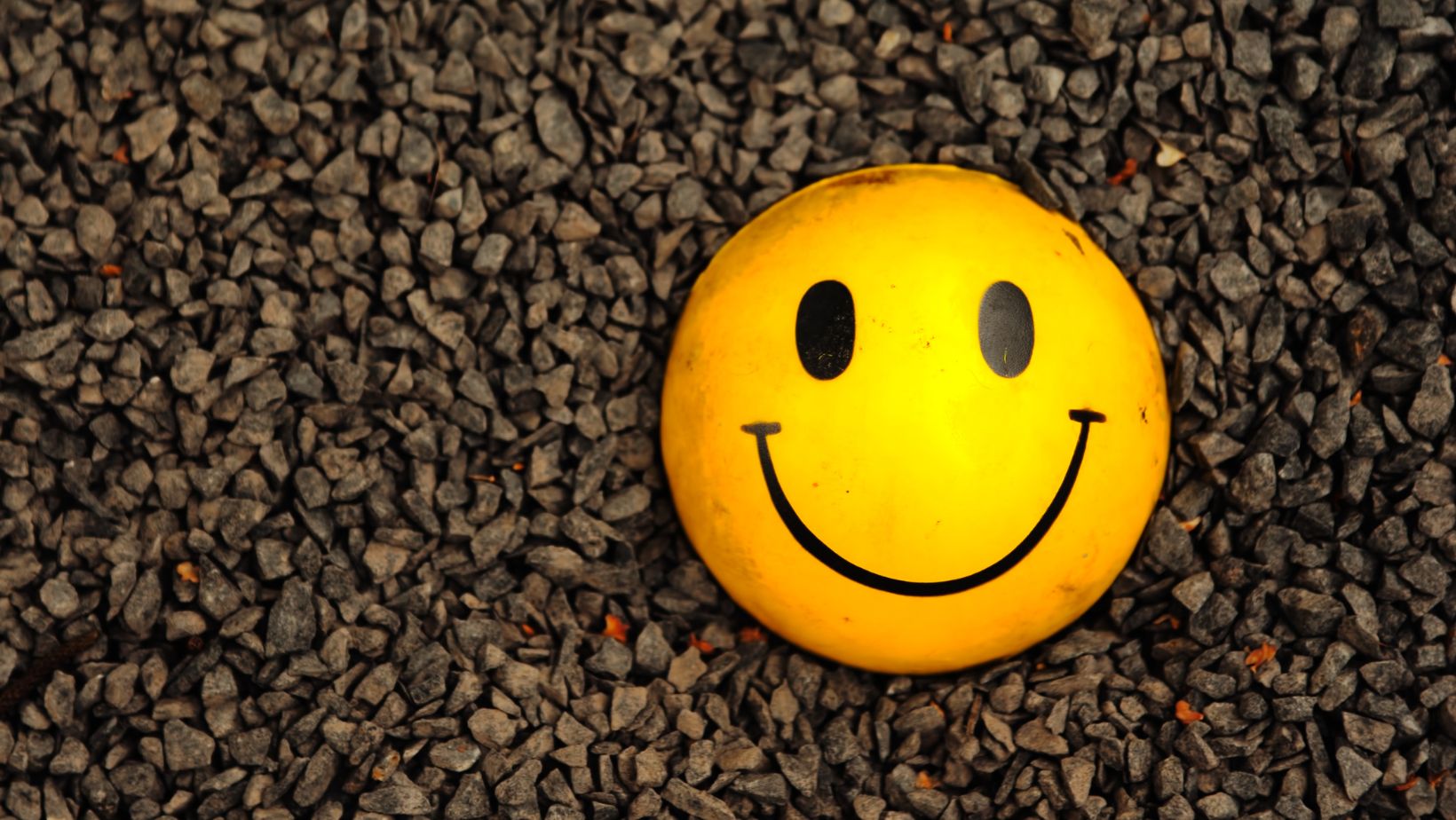What Is the Black Smiley Face Emoji
The black smiley face emoji has become a popular and intriguing symbol in the digital world. With its enigmatic expression, it sparks curiosity among users and prompts questions about its meaning and origin. In this article, I’ll delve into what the black smiley face emoji represents and explore its significance in contemporary communication.
The black smiley face emoji, also known as the “black smiling face with horns” or “smiling face with smiling eyes and horns,” is often associated with mischief, playfulness, or even a hint of naughtiness. It’s characterized by a pitch-black complexion, a wide grin, two small horns atop its head, and gleaming eyes that exude mischievousness. While emojis generally convey emotions or actions through facial expressions, this particular variant adds an extra layer of complexity due to its devilish features.
Although interpretations may vary depending on context and personal perception, the black smiley face emoji is commonly used to express feelings of slyness, rebellion, humorously wicked intentions, or an ironic twist to a statement. It can add an element of cheekiness or lighthearted mischief to messages shared between friends or acquaintances. By incorporating this emoji into their digital conversations, users aim to convey a sense of playfulness or edginess that words alone may not fully capture.
In conclusion, the black smiley face emoji serves as a visual representation of mischief and playful intent within digital communication channels. Its distinct features set it apart from traditional yellow smileys by adding an element of mischievousness and rebellious charm. Whether you’re aiming to bring some light-hearted fun to your messages or emphasize your own devilish side, this expressive little icon is sure to make an impact in your online interactions. So go ahead – embrace the mischievous spirit behind the black smiley face emoji!
The Origins of the Black Smiley Face Emoji
The Cultural Significance of Emojis
Emojis have become an integral part of our digital communication, allowing us to convey emotions and expressions through a simple combination of symbols. As a visual language, emojis transcend linguistic barriers and offer a universal way to communicate feelings. They have evolved into a cultural phenomenon, influencing how we express ourselves in the modern age.
Evolution of Emojis Throughout History
The history of emojis can be traced back to the late 1990s when they first emerged in Japanese mobile phones. Initially consisting of basic pictograms like smiley faces, hearts, and weather icons, emojis quickly gained popularity among users worldwide. Over time, their repertoire expanded to include various objects, animals, food items, and even gestures.
As technology advanced and smartphones became more prevalent, emojis underwent significant transformations. The Unicode Consortium standardized emoji characters across different platforms and devices, ensuring compatibility and consistent representation across various operating systems. This standardization played a crucial role in making emojis accessible to a global audience.

Understanding the Meaning Behind the Black Smiley Face Emoji
When it comes to emojis, there’s one that often raises eyebrows and leaves people wondering: what does the black smiley face emoji mean? Well, fear not, because I’m here to shed some light on this enigmatic symbol.
- Representation of Emotion: The black smiley face emoji is a variant of the classic yellow smiley face we all know and love. However, its color holds significance in representing a range of emotions that may not always fit into the conventional happy or cheerful category. It can be seen as an expression of complexity or ambivalence, conveying mixed feelings or even a sense of mystery.
- Cultural Interpretations: Emojis are often open to individual interpretation, but they can also have cultural connotations. In some cultures, the color black is associated with sadness or grief, adding another layer to how this emoji may be perceived. It’s important to consider these cultural nuances when deciphering its meaning in different contexts.
- Versatility and Subjectivity: One of the fascinating aspects of emojis is their versatility and subjectivity. The same emoji can evoke various emotions depending on the context and personal experiences of both the sender and receiver. So while there might not be a definitive universal meaning for the black smiley face emoji, it invites us to explore our own interpretations and engage in nuanced conversations.
In conclusion: The black smiley face emoji adds depth and complexity to our digital communication by offering an alternative representation of emotions beyond traditional happy expressions. Its meaning can vary based on cultural influences and individual perspectives, making it a captivating symbol in our ever-evolving language of visual communication.
So next time you encounter this intriguing black smiley face emoji, embrace its ambiguity and let your imagination run wild!

